Growing lambs off grass is the most efficient system and creates a fantastic healthy product. To be profitable, it pays to look at maintaining health and growth rates over the summer. From June on it’s good to have target daily growth rates of over 2.5-2.75kg/day. Measuring weight pays because it allows farmers target where the inefficiencies or problems might be in the system. There are three main areas to focus on to optimise health in lambs.
The main area to focus on is parasites, particularly gut worms. This has been complicated by the development of resistance over the last decade. This is when the worm survives after being treated with an anthelmintic (wormer). Worms are smart – they are designed to adapt to survive so they have become resistant to some of the wormers available.
When deciding what worm doses to use on your lambs, farmers should consider to check if you have any resistant worms on farm.
This can be done by using a faecal egg reduction test.
Step 1: take some faecal egg count (FEC) samples from lambs before you treat them.
Step 2: dose the animals with chosen product
Step 3: repeat the FECs on the same lambs after 14 days when using white or clear (ivermectins) or seven days when using levamisoles or yellow drenches.
Step 4: assess the results. We are looking for a reduction of over 95% between the two tests. For example, if you had 1,000 eggs/g pre-dosing, you would want to see <50 eggs/g after dosing.
Identifying lack of resistance allows you create a worming plan with an effective product. I still recommend rotating products within the season or between seasons. This slows resistance developing. If farmers couple this with monthly pooled faecal egg samples, weights and watching for clinical signs, you start building a more robust parasite control plan.
On any farm where lambs are reaching targets, it is worth considering not dosing these lambs. This allows a small amount of susceptible worms to survive on new pasture, which helps dilute the influence of resistant worms. This helps slow down the development of resistance in your flock.
There are many worming brands but only four different active ingredients available in the Irish market. A growing number of sheep producers are using the orange drench zolvix but we must be careful to only use this where really needed. As zolvix is a relatively new wormer, overuse will also lead to resistance. My advice is to save this for quarantine dosing.
Where resistance is found in flocks, it’s about finding out which active ingredients still work if any. In some flocks this has meant using combinations and strategic use of zolvix at the end of the season. If you identify resistance I strongly advise to work with your vet and advisers to come up with a control plan.
A key tip is also to have a strict quarantine regime, with all both in stock with the aim to not buy in resistant worms.
As lambs get older, coccidiosis becomes less of a risk but still needs to be considered in those with poor thrive and scour.
With minerals and lambs it is about sorting out deficiencies while being mindful not to over-supplement and get toxicities. With lambs there is a big focus on cobalt. This trace element is very important to the rapidly growing lamb and most farmers will recognise the deficiency, with a tight dull fleece often being described. I maintain that when they are displaying symptoms of deficiency, ground has been lost. Supplementation should be done in advance of this.
Cobalt can be difficult to test for. Bloods can be carried out on vitamin B12 levels to give an indication of cobalt status. I think farmers who are serious about minerals in lambs should consider some herbage analysis over June and July.
Grass samples can be taken every two weeks and frozen, then sent together. This is long-term planning for building a farm mineral profile. Adding silage mineral analysis to this gives indications on where farm deficiencies might be.
With cobalt, most farmers will choose to supplement after weaning. It is often given in drench form or by bolus with vitamin b12, which is essential for energy metabolism.
High grass growth rates limit cobalt in the plant because with fast-growing grass cobalt is not an essential mineral and will not have high uptake.
Oral drenches
Oral drenches often need to be repeated every two weeks because of poor storage. Those that contain selenium are also valuable because this is another mineral thriving lambs require. The other minerals we like growing lambs to have are copper, zinc and iodine.
Knowing what herbage analysis is allows for more strategic supplementation.
Sheep farmers should at least consider cobalt supplementation, particularly where good grassland management is in place.
I was disappointed recently to hear from some farmers struggling with lame lambs. The conversation was focused around what the best treatment might be. We identified the most likely lameness issue was related to scald, from wet grazing conditions and some skin irritation.
Most of these cases are easily managed by regular footbathing with zinc sulphate.
Where lameness is a risk, the key thing is to have lambs going through footbaths every two weeks and add some washing-up liquid to help the disinfectant stick to the feet.
Where a more foul-smelling, severe lameness is present, footrot must be suspected and individual lambs require injectable treatments. Don’t let footrot linger in lambs. Isolate infected animals and begin footbathing the group weekly. CODD often causes more reddening and the hoof to slough off. Where this is isolated, the focus becomes about a robust antibiotic treatment plan.
Lameness causes pain, limits performance and is a big welfare issue. This year scald in lambs seems to be a concern as the weather is favourable. Regular footbathing will help keep it under control.
Where lambs are being creep fed, it is good to move feeders and some people believe in using lime in gaps or high-traffic areas.
With variable weather, lambs can also be at risk of pneumonia. I find the pneumonia vaccine a cost-effective way of managing this risk, with all replacements receiving a booster before winter housing. Another disease to watch out for in weaned lambs is CCN, which is a vitamin B1 deficiency. This can cause nervous symptoms, with lambs staggering and often found collapsed or star gazing.
Unfortunately, I have seen more CCN over the last five years and always where there has been significant dietary changes. We usually see it two weeks after significant dietary change, the treatment involves regular vit B1 injections and look at the batch diet. Fly control is important in lambs and one way of reducing the risk is with fly spot on preparations. Another thing to ensure is that scoury or dirty lambs are dagged to prevent flies. Always ask why lambs are loose, with worms, coccidiosis and diet potentially making them more susceptible.
Key tips for healthy lambs
Weigh them regularly and ask why thin lambs are underperforming.Regular pooled faecal egg counts monthly need to be monitored.Identify if worm resistance is an issue on farm.Build a mineral profile for your farm through soil and herbage analysis.Most flocks need to consider cobalt supplementation to growing lambs.Avoid sudden diet changes and monitor dung consistency.
Growing lambs off grass is the most efficient system and creates a fantastic healthy product. To be profitable, it pays to look at maintaining health and growth rates over the summer. From June on it’s good to have target daily growth rates of over 2.5-2.75kg/day. Measuring weight pays because it allows farmers target where the inefficiencies or problems might be in the system. There are three main areas to focus on to optimise health in lambs.
The main area to focus on is parasites, particularly gut worms. This has been complicated by the development of resistance over the last decade. This is when the worm survives after being treated with an anthelmintic (wormer). Worms are smart – they are designed to adapt to survive so they have become resistant to some of the wormers available.
When deciding what worm doses to use on your lambs, farmers should consider to check if you have any resistant worms on farm.
This can be done by using a faecal egg reduction test.
Step 1: take some faecal egg count (FEC) samples from lambs before you treat them.
Step 2: dose the animals with chosen product
Step 3: repeat the FECs on the same lambs after 14 days when using white or clear (ivermectins) or seven days when using levamisoles or yellow drenches.
Step 4: assess the results. We are looking for a reduction of over 95% between the two tests. For example, if you had 1,000 eggs/g pre-dosing, you would want to see <50 eggs/g after dosing.
Identifying lack of resistance allows you create a worming plan with an effective product. I still recommend rotating products within the season or between seasons. This slows resistance developing. If farmers couple this with monthly pooled faecal egg samples, weights and watching for clinical signs, you start building a more robust parasite control plan.
On any farm where lambs are reaching targets, it is worth considering not dosing these lambs. This allows a small amount of susceptible worms to survive on new pasture, which helps dilute the influence of resistant worms. This helps slow down the development of resistance in your flock.
There are many worming brands but only four different active ingredients available in the Irish market. A growing number of sheep producers are using the orange drench zolvix but we must be careful to only use this where really needed. As zolvix is a relatively new wormer, overuse will also lead to resistance. My advice is to save this for quarantine dosing.
Where resistance is found in flocks, it’s about finding out which active ingredients still work if any. In some flocks this has meant using combinations and strategic use of zolvix at the end of the season. If you identify resistance I strongly advise to work with your vet and advisers to come up with a control plan.
A key tip is also to have a strict quarantine regime, with all both in stock with the aim to not buy in resistant worms.
As lambs get older, coccidiosis becomes less of a risk but still needs to be considered in those with poor thrive and scour.
With minerals and lambs it is about sorting out deficiencies while being mindful not to over-supplement and get toxicities. With lambs there is a big focus on cobalt. This trace element is very important to the rapidly growing lamb and most farmers will recognise the deficiency, with a tight dull fleece often being described. I maintain that when they are displaying symptoms of deficiency, ground has been lost. Supplementation should be done in advance of this.
Cobalt can be difficult to test for. Bloods can be carried out on vitamin B12 levels to give an indication of cobalt status. I think farmers who are serious about minerals in lambs should consider some herbage analysis over June and July.
Grass samples can be taken every two weeks and frozen, then sent together. This is long-term planning for building a farm mineral profile. Adding silage mineral analysis to this gives indications on where farm deficiencies might be.
With cobalt, most farmers will choose to supplement after weaning. It is often given in drench form or by bolus with vitamin b12, which is essential for energy metabolism.
High grass growth rates limit cobalt in the plant because with fast-growing grass cobalt is not an essential mineral and will not have high uptake.
Oral drenches
Oral drenches often need to be repeated every two weeks because of poor storage. Those that contain selenium are also valuable because this is another mineral thriving lambs require. The other minerals we like growing lambs to have are copper, zinc and iodine.
Knowing what herbage analysis is allows for more strategic supplementation.
Sheep farmers should at least consider cobalt supplementation, particularly where good grassland management is in place.
I was disappointed recently to hear from some farmers struggling with lame lambs. The conversation was focused around what the best treatment might be. We identified the most likely lameness issue was related to scald, from wet grazing conditions and some skin irritation.
Most of these cases are easily managed by regular footbathing with zinc sulphate.
Where lameness is a risk, the key thing is to have lambs going through footbaths every two weeks and add some washing-up liquid to help the disinfectant stick to the feet.
Where a more foul-smelling, severe lameness is present, footrot must be suspected and individual lambs require injectable treatments. Don’t let footrot linger in lambs. Isolate infected animals and begin footbathing the group weekly. CODD often causes more reddening and the hoof to slough off. Where this is isolated, the focus becomes about a robust antibiotic treatment plan.
Lameness causes pain, limits performance and is a big welfare issue. This year scald in lambs seems to be a concern as the weather is favourable. Regular footbathing will help keep it under control.
Where lambs are being creep fed, it is good to move feeders and some people believe in using lime in gaps or high-traffic areas.
With variable weather, lambs can also be at risk of pneumonia. I find the pneumonia vaccine a cost-effective way of managing this risk, with all replacements receiving a booster before winter housing. Another disease to watch out for in weaned lambs is CCN, which is a vitamin B1 deficiency. This can cause nervous symptoms, with lambs staggering and often found collapsed or star gazing.
Unfortunately, I have seen more CCN over the last five years and always where there has been significant dietary changes. We usually see it two weeks after significant dietary change, the treatment involves regular vit B1 injections and look at the batch diet. Fly control is important in lambs and one way of reducing the risk is with fly spot on preparations. Another thing to ensure is that scoury or dirty lambs are dagged to prevent flies. Always ask why lambs are loose, with worms, coccidiosis and diet potentially making them more susceptible.
Key tips for healthy lambs
Weigh them regularly and ask why thin lambs are underperforming.Regular pooled faecal egg counts monthly need to be monitored.Identify if worm resistance is an issue on farm.Build a mineral profile for your farm through soil and herbage analysis.Most flocks need to consider cobalt supplementation to growing lambs.Avoid sudden diet changes and monitor dung consistency. 



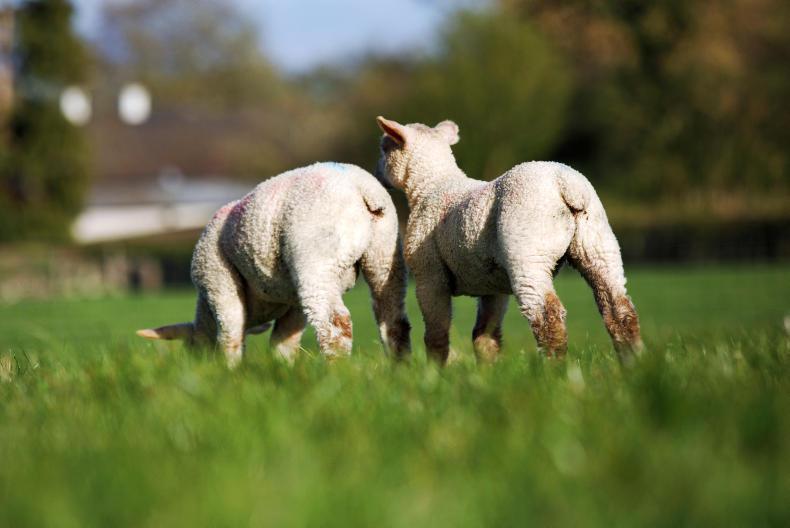
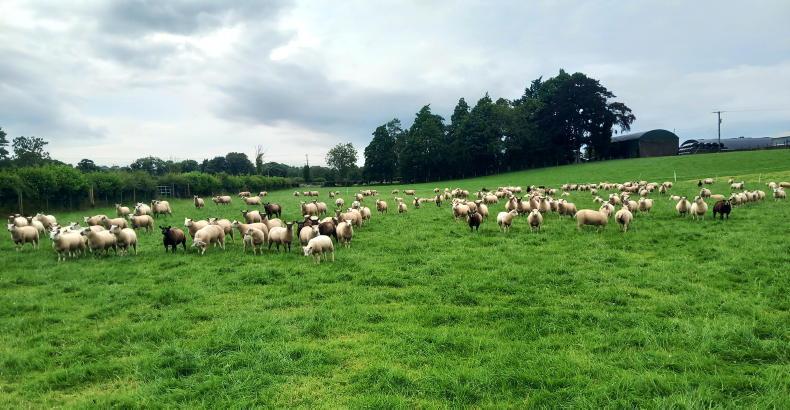
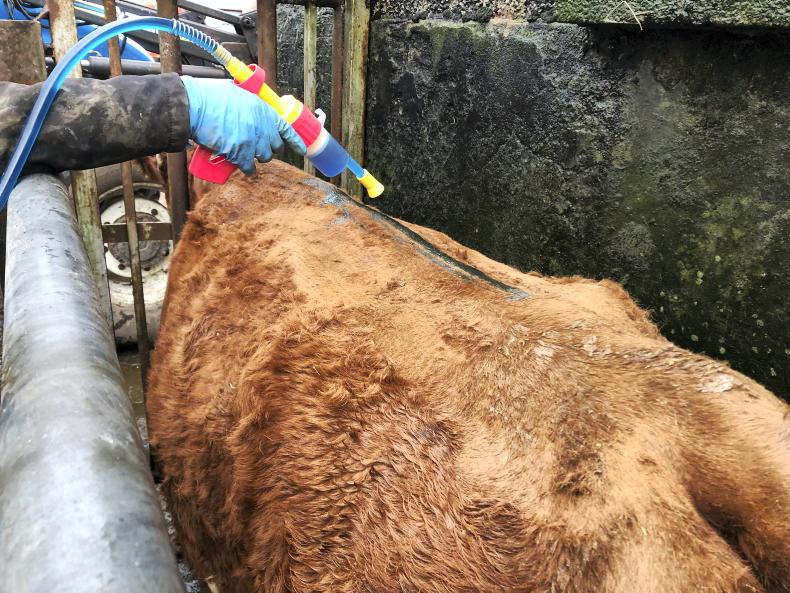
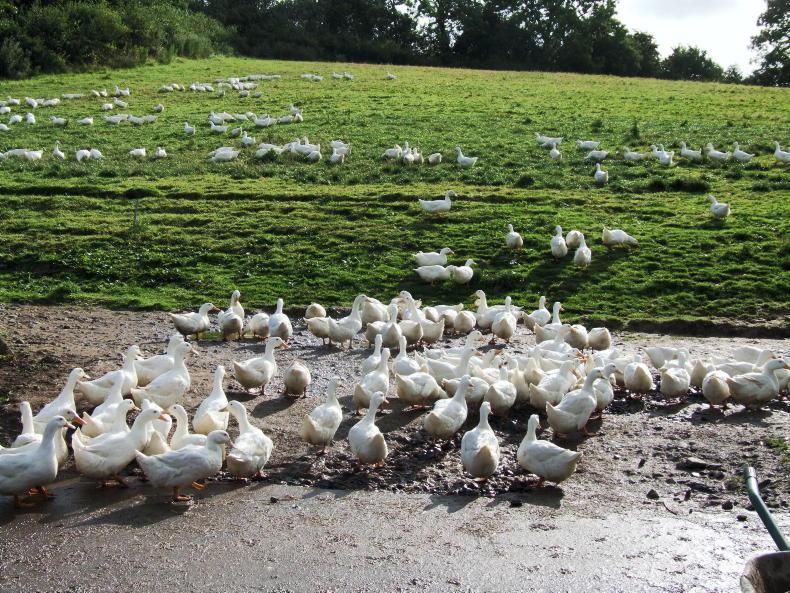
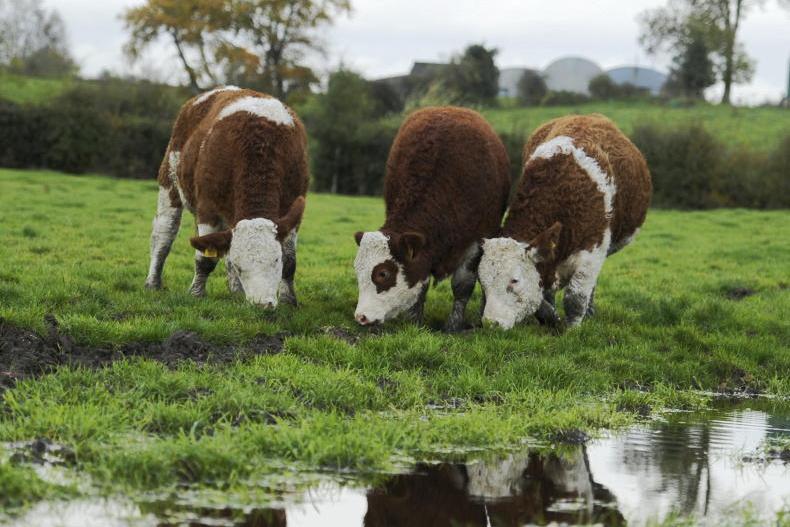
SHARING OPTIONS